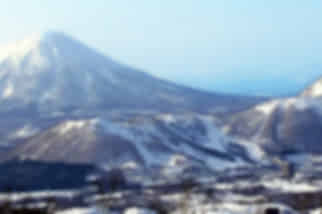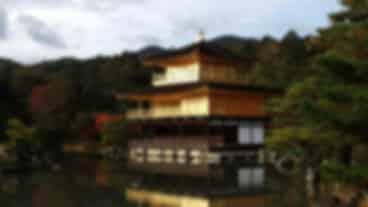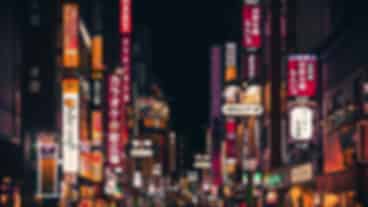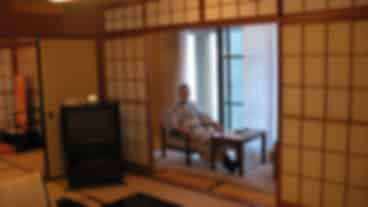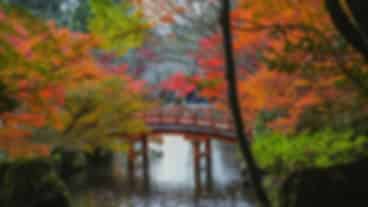Shrines vs Temples in Japan: Key Differences Explained
Author
Tavleen Kaur
Updated Date
October 15, 2025
Read
7 minutes
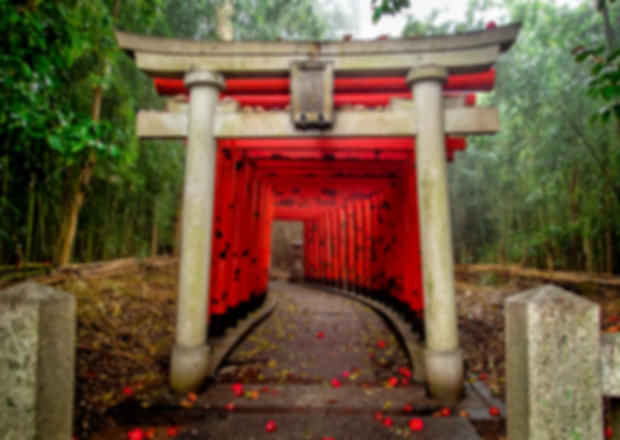
Introduction
Japan beautifully balances technology and tradition. It is a country where bullet trains and ancient rituals coexist. While modern Japan dazzles with innovation, its true soul lies in its timeless spiritual practices. If you’re exploring a Japan tour package, you’ll likely encounter two distinct types of sacred sites: Shrines and Temples. Understanding the difference between a shrine and a temple in Japan not only enriches your travel experience but also deepens your connection to Japanese religion and culture. This guide breaks down everything you need to know about Shrines vs Temples in Japan, from how to identify them to what etiquette to follow and the most famous ones to visit.
Key Takeaways
- Understanding the difference between shrine and temple Japan helps travellers connect deeply with the country’s spiritual heritage.
- Shinto shrines in Japan honour natural spirits (kami), while Buddhist temples in Japan focus on enlightenment and the teachings of the Buddha.
- Knowing shrine etiquette in Japan and temple etiquette in Japan enhances your cultural experience and shows respect for local traditions.
- Famous spots like Fushimi Inari Taisha and Kinkaku-ji are must-visit when visiting shrines and temples in Japan.
- The blend of Shinto vs Buddhism in Japan reflects the nation’s harmonious coexistence of multiple faiths and philosophies.
Shrines: Japan’s Spiritual Gateway

What Are Shinto Shrines?
Shrines, known as Jinja in Japanese, are sacred places of the Shinto religion, Japan’s indigenous faith. They are dedicated to kami, divine spirits believed to reside in nature, objects, and even ancestors.
Unlike temples, Shinto shrines in Japan are generally compact, serene, and built near nature, such as forests, rivers, or mountains. You’ll never find a graveyard inside a shrine; instead, the atmosphere reflects purity, renewal, and reverence for the natural world.
How to Identify a Shrine
When visiting shrines and temples in Japan, look out for these distinct features that mark a Shinto shrine:
- Torii Gate: A large, typically red wooden gate symbolising the entrance to sacred ground.
- Honden (Main Sanctuary): The innermost area where the kami is believed to reside.
- Haiden (Offering Hall): The hall where worshippers present prayers and offerings.
- Temizuya (Purification Basin): A stone water basin used for washing hands and mouth, a vital step before prayer.
Shrine Etiquette for Tourists
Before entering a shrine, follow these respectful practices:
- Purify yourself at the temizuya: rinse your left hand, then right hand, and finally your mouth.
- Approach the main hall quietly and offer a coin at the donation box.
- Bow twice, clap twice, make your prayer, then bow once more.
- Ring the bell (if available) to attract the kami’s attention before praying.
These small gestures reflect humility and respect, both core values in Shinto vs Buddhism in Japan.
Famous Shrines in Japan You Shouldn’t Miss

Here are some of the most iconic famous shrines in Japan worth visiting in 2026:
- Fushimi Inari Taisha (Kyoto) – Known for its thousands of vermilion torii gates stretching across Mount Inari.
- Ise Grand Shrine (Mie Prefecture) – Japan’s most sacred Shinto site dedicated to the sun goddess Amaterasu.
- Meiji Jingu (Tokyo) – A peaceful forest shrine built in honour of Emperor Meiji and Empress Shoken.
- Itsukushima Shrine (Hiroshima) – A UNESCO World Heritage Site famous for its “floating” torii gate in the sea.
Related read: Getting Around Japan: Guide to the Japan Rail Pass
Temples: A Journey into Buddhist Serenity

What Are Buddhist Temples?
Buddhist temples in Japan are dedicated to Buddha and his teachings. Introduced from mainland Asia in the 6th century, Buddhism shaped Japan’s art, philosophy, and architecture.
Temples are spaces for meditation, reflection, and enlightenment. They often host community events, hanami (cherry blossom) gatherings, and seasonal festivals, bringing spirituality into everyday life.
How to Identify a Temple
Temples have their own unique characteristics that distinguish them from shrines:
- Sanmon Gate: The large wooden gate marking the temple entrance.
- Pagoda: Multi-tiered towers housing sacred relics.
- Main Hall (Hondo): The worship area featuring Buddha statues.
- Incense Burner: A place for lighting incense sticks, symbolising purification.
- Graveyards or Memorial Areas: Common in Buddhist temple grounds.
Architecturally, temples tend to be more elaborate, featuring carvings, murals, and landscaped gardens for meditation.
Temple Etiquette for Tourists
When visiting temples, it’s important to follow temple etiquette in Japan to show respect:
- Remove your shoes before entering the main hall.
- Light incense at the burner and bow silently before the altar.
- Offer a small osaisen (donation) in gratitude.
- Avoid loud conversations or photography in prayer areas.
By following these customs, you contribute to the peaceful environment that defines Buddhist temples in Japan.
Explore more: Places to visit in Japan
Famous Temples in Japan to Visit in 2026
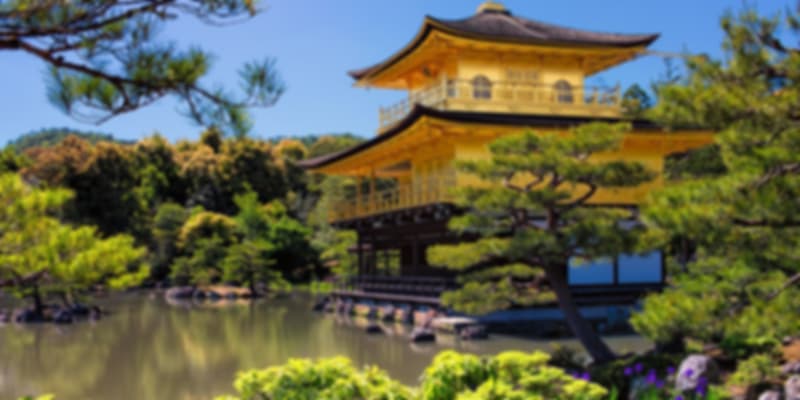
Japan is home to over 75,000 Buddhist temples, each offering a unique glimpse into the country’s spiritual depth. Here are a few must-sees:
- Kinkaku-ji (Kyoto) – The Golden Pavilion, whose upper floors are covered in real gold leaf, reflected in a tranquil pond.
- Todaiji Temple (Nara) – Home to the Great Buddha (Daibutsu), a 15-meter bronze statue and one of Japan’s most awe-inspiring sights.
- Senso-ji Temple (Tokyo) – The city’s oldest Buddhist temple, famous for its vibrant Nakamise-dori shopping street.
- Tofuku-ji (Kyoto) – Known for its autumn foliage, stunning Zen gardens, and serene atmosphere.
- Horyu-ji (Nara) – One of the world’s oldest wooden structures and a UNESCO World Heritage Site.
Related read: Driving in Japan: Complete Guide for 2026
Shrines vs Temples in Japan: The Core Difference
| Feature | Shinto Shrines | Buddhist Temples |
| Religion | Shinto | Buddhism |
| Deities | Kami (nature spirits) | Buddha & Bodhisattvas |
| Symbols | Torii Gate | Pagoda, Buddha statue |
| Atmosphere | Nature-focused, pure | Reflective, peaceful |
| Purpose | Purification, blessings | Meditation, enlightenment |
Both sacred spaces reflect harmony between nature and spirituality, a hallmark of Japanese religion and culture.
Final Thoughts: Visiting The Shrines and Temples in Japan
Whether you’re bowing beneath the red torii of Fushimi Inari or admiring the golden reflection of Kinkaku-ji, visiting shrines and temples in Japan offers a window into the nation’s timeless soul. In 2026, as Japan continues to blend modernity with timeless tradition, understanding the Shrines vs Temples in Japan isn’t just about sightseeing — it’s about immersing yourself in centuries of faith, art, and harmony that define the heart of Japanese religion and culture. When planning your next Japan trip, include both in your itinerary to experience the perfect balance of Shinto devotion and Buddhist tranquillity, two paths that together define Japan’s spiritual identity.
Japan Holiday Package Starting @ ₹69,000
FAQ’s : Shrines vs Temples in Japan
1. What is the main difference between a shrine and a temple in Japan?
Shrines belong to the Shinto faith and honour kami (nature spirits), while temples belong to Buddhism and honour the Buddha and Bodhisattvas.
2. Can tourists visit both shrines and temples in Japan?
Yes, visitors are welcome at both. Many locals even visit both faiths’ sites on different occasions, reflecting the coexistence of Shinto vs Buddhism in Japan.
3. Is there a dress code for shrines or temples in Japan?
Modest clothing is recommended. Avoid sleeveless tops or short skirts, especially when entering worship halls.
4. What is the best time to visit shrines and temples in Japan?
Spring (March–May) and autumn (October–November) offer ideal weather and vibrant scenery, perfect for exploring these spiritual sites.
5. Do I need to pay to enter temples or shrines in Japan?
Most shrines are free to enter. Some temples charge a small entrance fee (usually 300–600 yen) for maintenance and preservation.
Recommended articles for you
Discover Packages


Need help in planning?
Talk to our Travel Experts



